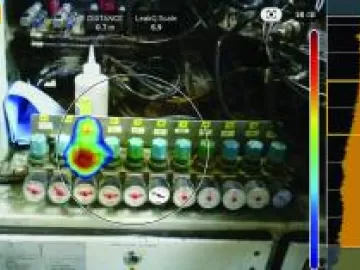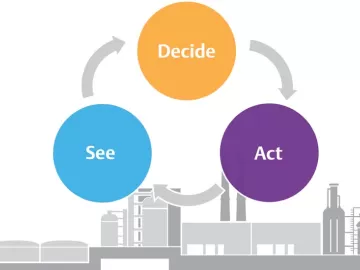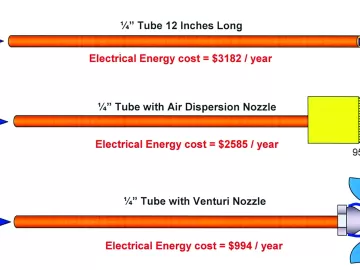Reviewing Compressed Air Demand at a Food Processor
This article reviews portions of an audit report of a compressed air system in a food industry factory located in the U.S. Although the audit explored different supply-side options the client should consider to improve dynamic efficiency, we will focus on the demand side of the system for this article.












